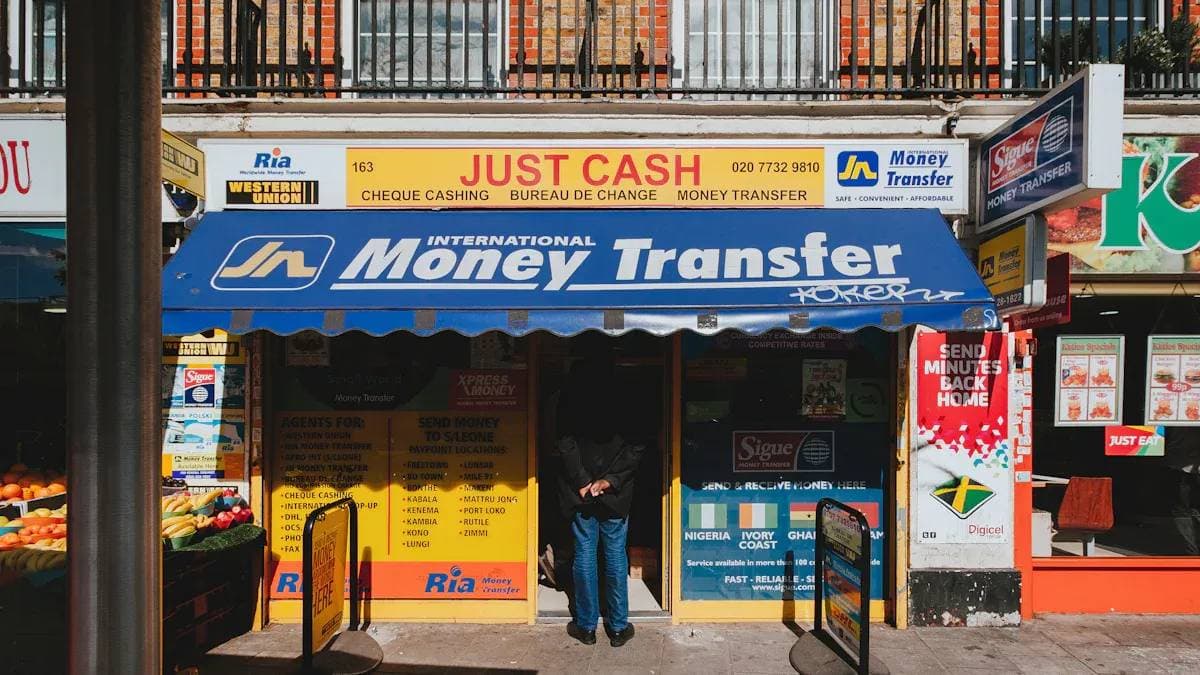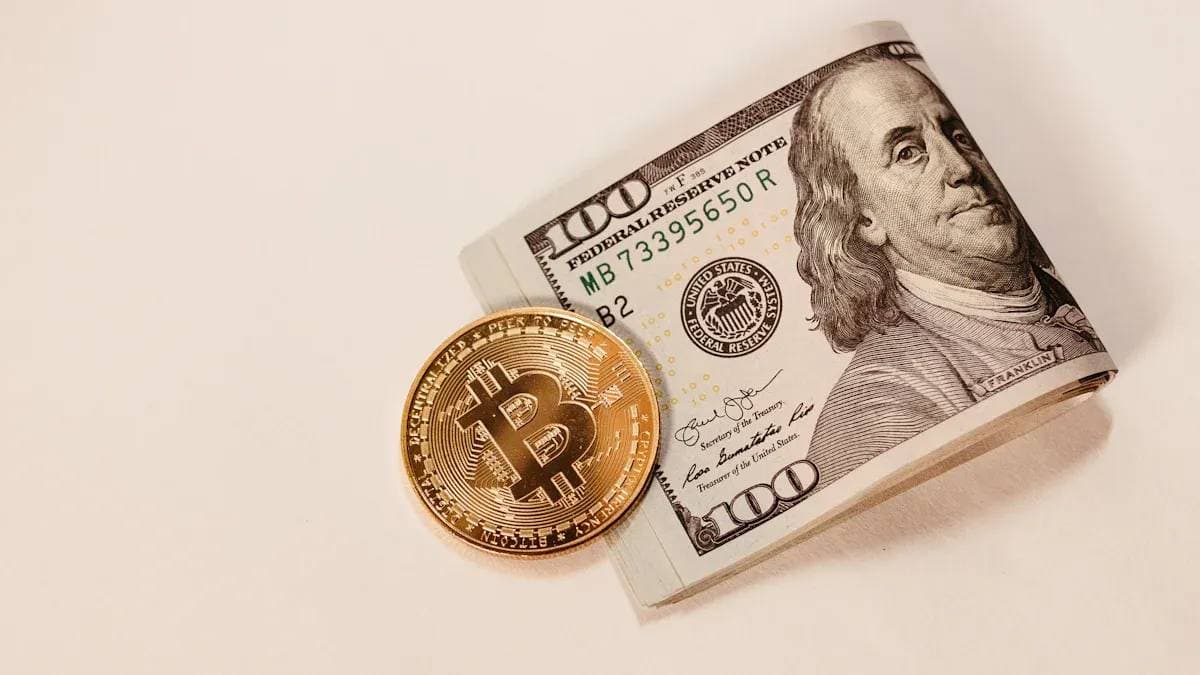- EasyCard
- Trade
- Help
- Announcement
- Academy
- SWIFT Code
- Iban Number
- Referral
- Customer Service
- Blog
- Creator
What is the Best Way to Send Money to the Philippines? Analysis of Safe and Convenient Options
There are various ways to send money to the Philippines. Choosing the right channel can ensure the security of transactions, reasonable fees, and quick fund arrival. Bank transfers, remittance services, and digital wallets are all common choices, and users should make decisions based on fees and arrival times. BiyaPay also provides an efficient and convenient remittance solution, making cross-border fund transfers smoother.

How to Choose the Most Suitable Remittance Method?
When sending money to the Philippines, users can choose from a variety of methods, including bank transfers, remittance services, e-wallets, and prepaid cards. Each method has different fees, arrival speeds, and conveniences. Therefore, it is necessary to fully understand them before making a choice.
Bank transfer is a traditional method, usually suitable for large-value remittances, but the handling fees may be relatively high, especially for international wire transfers. Generally speaking, the fees for bank wire transfers are between $20 and $30, and the remittance time may take 1 to 5 working days.
Remittance service providers such as Western Union and MoneyGram offer fast fund arrival services and support cash withdrawals, which are suitable for payees without bank accounts. However, the handling fees for such services may be relatively high, and the exchange rate may not necessarily be the most favorable.
E-wallets (such as PayPal and Skrill) have become increasingly popular in recent years. They offer the advantage of instant fund arrival, but some platforms may charge additional withdrawal fees. In addition, certain e-wallets may set limits on transaction amounts, so it is necessary to confirm the specific policies before use.
What Are the Fees for Sending Money to the Philippines?
International remittances usually involve handling fees, foreign exchange conversion fees, and possible hidden fees. Understanding these costs can help users reduce expenses.
Some remittance companies offer services with zero handling fees, but they usually make profits through exchange rate differences. Therefore, when choosing a remittance platform, users should not only pay attention to the handling fees but also compare the real-time exchange rates to ensure getting the best exchange price.
The fees for bank wire transfers are usually fixed between $20 and $30, but different banks may have different additional fees. In addition, some remittance services may charge a percentage of the handling fee based on the amount. For example, some platforms will charge 1% to 5% of the transaction amount as a fee.
If you use a credit card or debit card for remittance, you also need to pay attention to the fact that the issuing bank may charge additional transaction fees. Some banks may treat international remittances as cash advances and charge higher interest and handling fees.
How to Track the Remittance Progress?
The key to ensuring the smooth arrival of remittances lies in choosing a remittance service that provides a transaction tracking function and properly keeping the transaction records.
Most remittance platforms will provide email or SMS notifications. After the remittance is successful, users will receive a transaction confirmation number, which can be used to query the fund status online.
In addition, users can also track the remittance progress in the following ways:
- Log in to the official website of the bank or remittance service provider and enter the transaction number to check the remittance status.
- Confirm with the payee whether the funds have arrived to ensure that the funds have been successfully deposited into their account.
- Contact the customer service of the remittance service. If the remittance is delayed or fails, you can provide the transaction information to the customer service to inquire about the specific reasons.
Choosing a reputable remittance company can not only ensure the security of funds but also provide a more complete tracking mechanism, avoiding the inconvenience caused by information opacity.
What Are the Payment Method Options?
Different remittance methods correspond to different payment options, and users can choose the most suitable payment method according to their own situations.
Bank account payment: Suitable for large-value transactions, with relatively low handling fees, but the arrival time is longer.
Credit card or debit card payment: Fast transaction speed, suitable for small and urgent remittances, but may involve additional bank fees.
E-wallet payment: Suitable for users who frequently conduct cross-border transactions, with instant fund arrival, but some platforms may charge withdrawal fees.
Prepaid card payment: Suitable for users without bank accounts. Some prepaid cards offer ATM cash withdrawal and free withdrawal functions, but there may be certain top-up limits.
If you want to reduce handling fees and get the best exchange rate, it is recommended that users compare the costs of different payment methods and choose an option that is both safe and cost-effective.
Conclusion
There are various ways to send money to the Philippines. Choosing the right method can ensure fast, safe transactions with reasonable costs. Whether it is bank transfer, remittance service, or e-wallet, users should make a choice based on handling fees, arrival speed, and convenience, and properly track the transaction progress to ensure the smooth arrival of funds.
If you are looking for an efficient, secure, and fee-transparent international remittance method, BiyaPay may be a good choice. It uses local remittance methods, not only with no limit on the remittance amount but also covering most regions and countries around the world, ensuring the rapid arrival of funds and effectively reducing handling fees and exchange rate losses. Whether for individual users or enterprises, choosing the right remittance method can make cross-border transactions smoother.
*This article is provided for general information purposes and does not constitute legal, tax or other professional advice from BiyaPay or its subsidiaries and its affiliates, and it is not intended as a substitute for obtaining advice from a financial advisor or any other professional.
We make no representations, warranties or warranties, express or implied, as to the accuracy, completeness or timeliness of the contents of this publication.




Contact Us
Company and Team
BiyaPay Products
Customer Services
is a broker-dealer registered with the U.S. Securities and Exchange Commission (SEC) (No.: 802-127417), member of the Financial Industry Regulatory Authority (FINRA) (CRD: 325027), member of the Securities Investor Protection Corporation (SIPC), and regulated by FINRA and SEC.
registered with the US Financial Crimes Enforcement Network (FinCEN), as a Money Services Business (MSB), registration number: 31000218637349, and regulated by FinCEN.
registered as Financial Service Provider (FSP number: FSP1007221) in New Zealand, and is a member of the Financial Dispute Resolution Scheme, a New Zealand independent dispute resolution service provider.



















